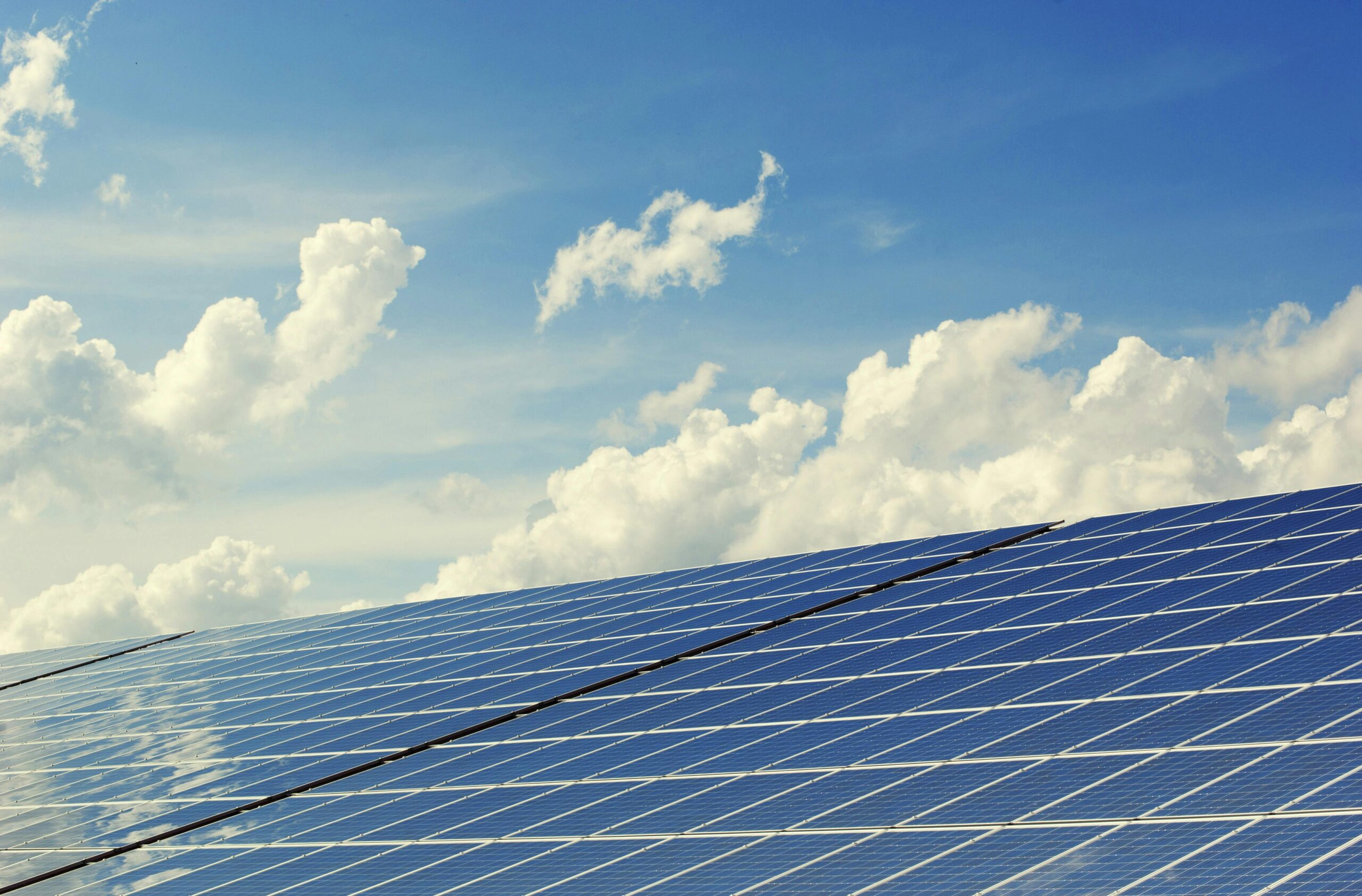Community solar is advantageous. It takes advantage of the sun’s renewable energy to help everyone get electricity and save money. The beneficiaries are homeowners, renters, businesses, tenants, and others using electricity. For everyone involved it is a win-win situation.
Those who are not able to install rooftop solar panels on their homes’ rooftops can take advantage of it. Conventional solar power has three disadvantages:
- Expensive upfront charges and costs.
- Roof constraints/issues.
- Residents are renters.
Community solar plants are of great advantage and use. They help people participate in the renewable energy market, save money, and obtain clean energy without emissions. One of the main advantages they have is that no installation is needed for them, no maintenance is necessary from the end of residents, and also, the source is hassle free without much expenses.
How does a community solar plant work?
How it works
In a community solar program, local residents share the output of a large single solar installation. Nearby markets also share the advantage thanks to the plant’s close proximity. These large systems are not as large as a thermal power plant but are considerably large enough to support two housing communities, a market, and another small area equivalent to a suburb.
Homes need to get the power directly. They are putting that power in the local national grid that helps homes get the power they need. The surplus power acts as the amount of money credited and helps them get a low electricity bill. The power from the solar grid not only powers the suburb and feeds the grid but also any nearby or distant community in need.
The burden sustained by the electric utility company is less and hence they do not need to invest in making more power plants unless absolutely necessary. Here are some points briefly explaining further how a community solar plant system works:
- A local solar farm is built for the specific purpose of community solar plants.
- It is connected to the utility grid and generates environment-friendly solar energy for the grid. This helps cut down reliance on fossil fuels.
- An electric meter helps keep track of the plant’s energy production. The utility translates into monetary importance i.e. solar credit. Meaning when the energy generated is supplied to the local grid, residents and other entities connected to that plant get discounts on their power utility bills.
- Residents and other people subscribe to the project. It means that they receive a share of the credits produced. These credits are the discount providers on the subscribers’ electricity expenses.
- People subscribe to the project. They get a share of the credits produced which work to help subscribers get a discount on their bills.
- Project advisory experts say the local government enables the project owners to provide these credits as part of their incentive program for renewable energy.
- As the solar farm is connect to the utility company, the credits are apply nicely on the existing bill. Depending on where the residents live and the plant near them, they might receive a separate bill for the expense of these credits. Then again, a discount rate is apply so they are getting savings of the ultimate kind.
Think of it as a reward for supporting the generation of solar power in the community.
In clear terms, a subscription to a community solar plant does mean that subscribers do not own a part of the plant or its panels. But they get a share of the credits it generates based on the clean energy it produces.
Advantages of community solar plants
Community solar is growing at quite a pace. As per many renowned bodies, the total shared solar capacity in the United States doubled up each year from 2010 to 2020. Let us now have a clear look at the benefits community solar plants have for communities, societies, and subscribers as a whole:
No upfront costs are involved in joining the program
Home solar systems are expensive to install. The average cost in the United States is 3 to 5 dollars a watt. That can cost up to $20,000. Most homeowners cannot afford that much. Loans only raise the cost further putting the homeowners in years of installments.
It helps save expenses on electricity expenses
Quantum Analysis experts reveal that solar energy can bring savings of 10% each year depending on where residents live and the project why have subscribed to. Considering community solar requires no upfront expenses of panel installation on rooftops or and other expenses. This is a decent chunk of money saved.
It is widely accessible
The following people cannot take advantage of typical solar energy systems:
- Apartment residents who have no rooftop access.
- Renters who do not own roofs.
- Homeowners with small or shaded roofs may not obtain much sunlight.
- Anyone unable to afford up-front expenses.
By contrast, community solar is available to anyone who has access to it. There are also criteria for eligibility.
Homeowners, business owners, renters, schools,& hospitals, among other can have access to community solar plants with ease.
Over to You
Ask yourself: Would you like to participate in a community solar project? Or would you not like to? The question isn’t tricky at all. Community solar gives everyone a win-win situation. Also, homes connected to it can switch to nuclear or thermal energy during days when sunshine isn’t abundant.
That is why it is a very attractive option.
